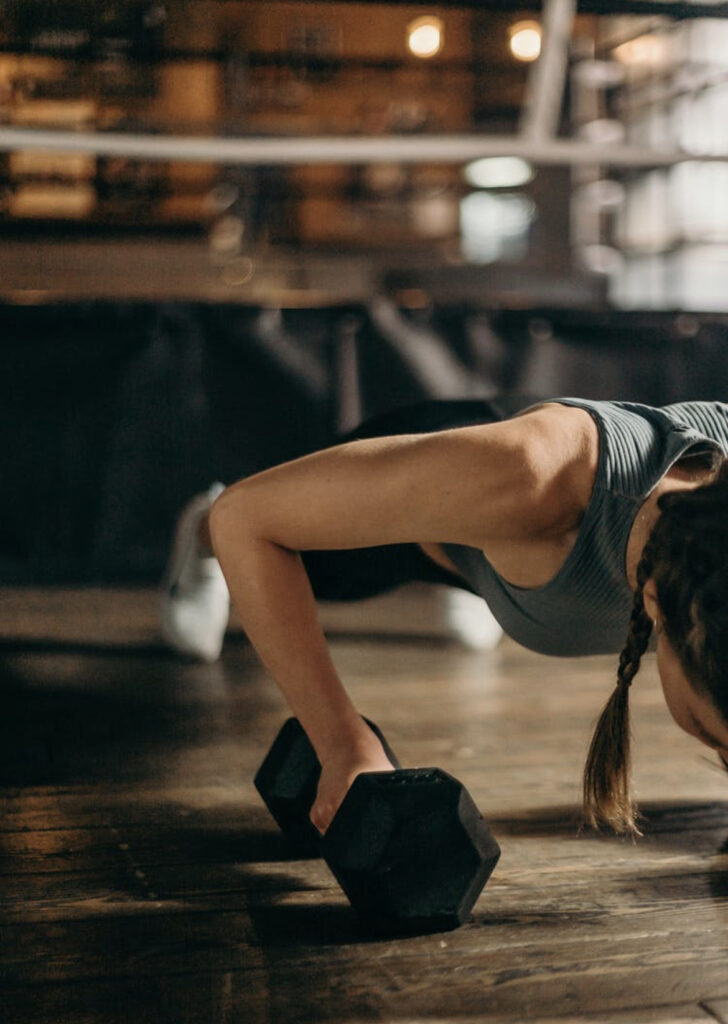
The best way to keep your fat cells a healthy normal size is to do a resistance training program at least three times a week.

Like it not, we’re stuck with 25-35 billion fat cells, for life. Our immune system breaks down around 10% of fat cells every year, but otherwise all our fat cells are busy expanding and shrinking in size during weight gain and loss. We need fat, as without it, we would freeze. Fat cells are also our fuel tanks, holding on to fatty molecules called lipids, and releasing them as a source of energy for the body. Fat also cushions our vital organs, stores crucial supplies of certain vitamins, and helps us have a functioning immune system.
If you struggle with fat, turning to “gut-busting†diets and fat-burning supplements won’t “burn†fat. Fat cells don’t go away, as they are stored properly in fat cell layers under the skin. Where they are not intended to be is around organs, like the kidneys or heart, or even inside organs.
The best way to keep your fat cells a healthy normal size, and your body weight under control, is to do a resistance training program at least three times a week. Building more skeletal muscle mass and losing fat mass is one of the main reasons athletes and avid exercisers lift weights.
Within a resistance-training program, intensities, volume, and exercise selection all stimulate muscle growth. Your baseline body composition also factors in to the rate of muscle gain and fat loss.
In the first few weeks of training, newcomers to weight lifting see changes and definition in their biceps and butts. New research shows that trained individuals, not just beginners, can continue to build muscle and lose fat at the same time with two key factors: progressive resistance training and evidence-based nutrition strategies.
Mix it up
Recent studies published in the Strength & Conditioning Journal show that trained individuals can get stronger whether you train two days a week or four. In another study, there was no difference in training frequency of three times a week versus six times a week. Using a volume matched power-lifting program, both groups similarly gained a significant amount of fat-free mass and lost fat mass. It was noted that participants didn’t alter their normal nutrition habits for these particular studies.
A little more protein
Typically, to improve athletic performance it’s common practice to eat less for fat loss, and eat more to maximize muscle mass. But studies show that your post workout snack could be key to improve body composition. The authors of the resistance training studies found that approximately 70% of the subjects improved their body composition with a high-protein diet.
In one study, female collegiate volleyball players, all receiving guidance from a sports nutrition/registered dietician, added 25 grams of whey protein immediately after each power-oriented, full-body workout or a strength workout. Whether working to maximize power output, or participating in workouts specifically for strength, all athletes in each group gained muscle and lost fat. Although approaches to diet can vary with each person, the authors noted that a moderate protein intake and a more balanced nutritional approach came out at the top of the list to keep those fat cells where they need to be, no more, no less.
Connie Aronson is an ACSM Exercise Physiologist and Corrective Exercise Specialist (TBBM-CES) Follow her at www.conniearonosn.com and Instagram@conniearon

 Count yourself lucky if you’ve exercised most of your life, as you haven’t aged much. Hippocrates said it best in 400 BC, in that exercise is the best medicine. Two new research papers published last week in Aging Cells set out to assess the health of older adults who had exercised most of their adult lives and found that they hadn’t aged much. They hadn’t lost muscle mass, strength, or increase their body fat or cholesterol levels. The men in the study may have even avoided most of the male menopause, as their testosterone levels also remained high.
Count yourself lucky if you’ve exercised most of your life, as you haven’t aged much. Hippocrates said it best in 400 BC, in that exercise is the best medicine. Two new research papers published last week in Aging Cells set out to assess the health of older adults who had exercised most of their adult lives and found that they hadn’t aged much. They hadn’t lost muscle mass, strength, or increase their body fat or cholesterol levels. The men in the study may have even avoided most of the male menopause, as their testosterone levels also remained high.